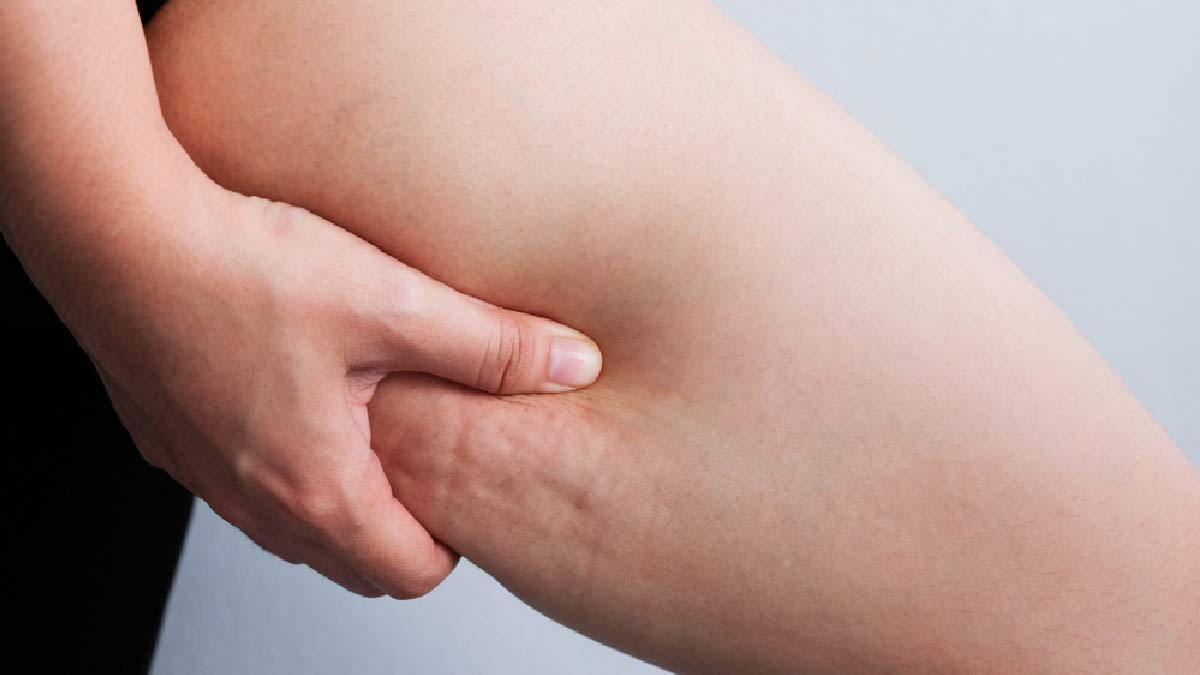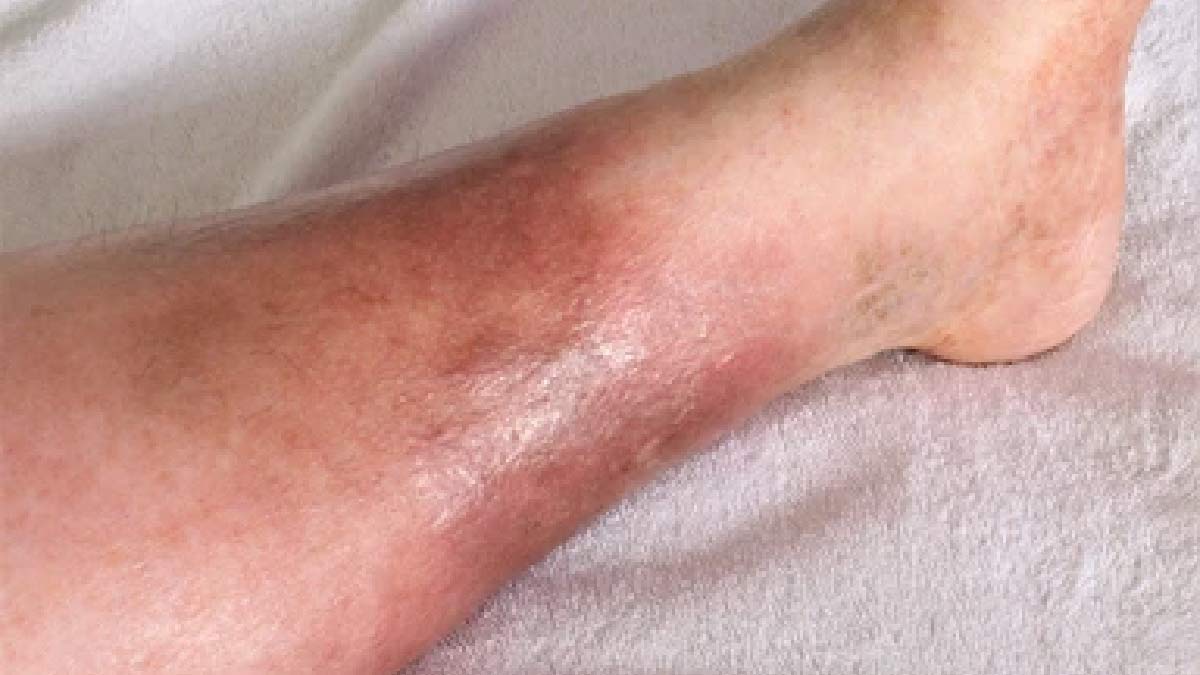
You probably have heard of cellulite, a lumpy, dimpled flesh on the thighs, hips, and buttocks, but do you know what cellulitis is? Don’t confuse the two.
While cellulitis is also a skin condition, it is a common bacterial infection that causes redness, swelling, and pain in the infected area of the skin, particularly in the lower extremities. According to StatPearls Publishing, cellulitis is very common and most often occurs in middle-aged and older adults. Approximately, there are around 50 instances of cellulitis identified within a group of 1000 people over a one-year period.
Table of Content:-
Let's understand its causes, symptoms, and treatment options.
Also Read: Age Spots Or Skin Cancer: How To Differentiate Between The Two?
What Causes Cellulitis?

Speaking with the OnlyMyHealth team, Dr Anoop T, Consultant, Vascular and Endovascular Surgery, Aster Whitefield Hospital, Bengaluru, says that cellulitis is often caused by bacteria such as streptococcus and staphylococcus.
According to him, anyone can develop the condition. However, people with an open wound or crack in the skin are more susceptible to the condition.
Those with athlete's feet and eczema are also at a higher risk of developing cellulitis.
Other risk factors include diabetes and varicose veins with swelling.
Common Symptoms
It is important to note that cellulitis can affect any part of the body. However, it commonly affects hands, legs, and feet. In some cases, the condition can also develop around the mouth and eyes.
Some of the common symptoms include:
- Redness or inflammation in the skin that gets bigger with the spread
- Pain and tenderness in the affected area
- Skin rash or skin sore
- Fatigue
- Fever with chills and sweating
- A pitted or stretched appearance on the skin
Dr Anoop recommends consulting a doctor and addressing any and all signs of cellulitis.
“There are very serious complications that cellulitis can lead to, like the spread of the infection to the blood, heart, nervous system, and lymphatic system. It can cause serious damage if left untreated, ranging from tissue damage, shock, amputations, and even death in extreme cases,” he warns.
Also Read: What Is Pityriasis Alba, The Condition That Mostly Affects Children?
Treatment And Prevention

Cellulitis is usually treated with antibiotics.
In cases where cellulitis affects the extremities, including the legs and arms, it is important to keep them elevated to reduce swelling.
In severe cases, doctors may even recommend surgeries, says Dr Anoop.
To prevent the condition, here are a few measures to take:
- Maintaining personal hygiene
- Washing hands with hand wash and using alcohol-based sanitizers
- Cleaning minor cuts and wounds with antiseptic creams and ointments
- Keeping skin moisturised to prevent dry skin, which is prone to skin diseases like eczema
- Maintaining a balanced diet, which includes vitamin C and protein-rich foods like chicken and beans
- Maintaining a healthy body weight
Home remedies include:
- Using coconut oil
- Applying turmeric, which is a natural substance that can help with inflammation and swelling
- Moist compress and hydrogen peroxide
- Application of petroleum jelly
Conclusion
Cellulitis is a bacterial skin infection that is usually treated with a course of antibiotics. If left untreated, the symptoms, which include redness, inflammation, fatigue, and fever, may worsen, leading to further complications that can even become life-threatening. Ensure that you speak with a doctor and get the required treatment on time.
Also watch this video
How we keep this article up to date:
We work with experts and keep a close eye on the latest in health and wellness. Whenever there is a new research or helpful information, we update our articles with accurate and useful advice.
Current Version